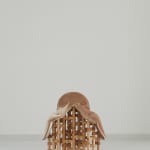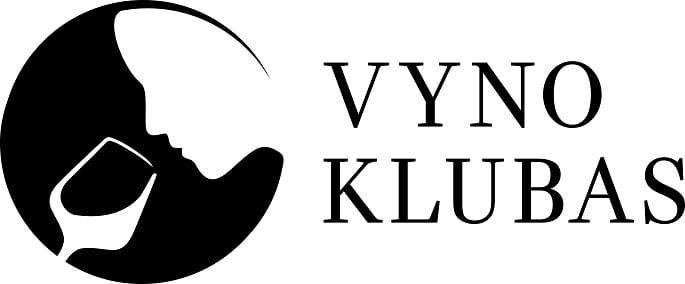Vytautas Gečas Lithuanian, b. 1987
Collaboration with Marija Puipaitė: Envisioned Comfort (Saddle chair), 2020
Beechwood, brass, PU foam, velvet
Made to order creations can be done: please contact us for any request.
If the item is out of stock, production time takes from 4 to 6 weeks.
If the item is out of stock, production time takes from 4 to 6 weeks.
Made to order creations can be done: please contact us for any request.
If the item is out of stock, production time takes from 4 to 6 weeks.
If the item is out of stock, production time takes from 4 to 6 weeks.
75 (H) x 65 (W) x 74 (D) cm
Edition of 8 plus 2 AP
Further images
-
(View a larger image of thumbnail 1
)

-
(View a larger image of thumbnail 2
)

-
(View a larger image of thumbnail 3
)

-
(View a larger image of thumbnail 4
)

-
(View a larger image of thumbnail 5
)

-
(View a larger image of thumbnail 6
)

-
(View a larger image of thumbnail 7
)

-
(View a larger image of thumbnail 8
)

-
(View a larger image of thumbnail 9
)

Photo: Darius Petrulaitis // One of us had a fantasy about an object that could bring a womb-like pleasure, meaning - the ultimate satisfaction that the material environment can give....
Photo: Darius Petrulaitis // One of us had a fantasy about an object that could bring a womb-like pleasure, meaning - the ultimate satisfaction that the material environment can give. We merged our two different design practices into one object taking this fantasy as a starting point.
Such abstract mode of thinking, we found, allows to erase what we know about domestic objects and opens up the possibility for re-thinking and re-creating them.
However, the same way the mind gives a clear body to the fantasy by restraining, the construction defines and forms a fluid shape into an ergonomic entity.
The concept was first presented at the exhibition La Terrasse Vol. 4 - Fantasy, curated by Erez Nevi Pana during the Dutch Design Week 2017.
Now a finalized chaise longue is being presented at Milan Design Week 2018 as a part of Ventura Future project, in the Loreto district at FuturDome, the former meeting place of the Futurist movement.
It’s a series of objects based on the construction that allows a broad variety of shapes. More elements you have - more detailed curves you can get. Therefore, this construction can be applied to almost any furniture you imagine. On the one hand, it’s a complex object with lots of elements. On the other hand, not alike other soft furniture - these are completely honest and openly showing the way they are built. The rhythmical construction allows admiring carefully crafted elements - the beechwood joints and the brass fittings. By merging two different design practices Marija Puipaitė (organic, human body based shapes) and Vytautas Gečas (complexity, fragmentation, layering) found a common point where the construction defines and forms a fluid shape into an ergonomic entity.
Such abstract mode of thinking, we found, allows to erase what we know about domestic objects and opens up the possibility for re-thinking and re-creating them.
However, the same way the mind gives a clear body to the fantasy by restraining, the construction defines and forms a fluid shape into an ergonomic entity.
The concept was first presented at the exhibition La Terrasse Vol. 4 - Fantasy, curated by Erez Nevi Pana during the Dutch Design Week 2017.
Now a finalized chaise longue is being presented at Milan Design Week 2018 as a part of Ventura Future project, in the Loreto district at FuturDome, the former meeting place of the Futurist movement.
It’s a series of objects based on the construction that allows a broad variety of shapes. More elements you have - more detailed curves you can get. Therefore, this construction can be applied to almost any furniture you imagine. On the one hand, it’s a complex object with lots of elements. On the other hand, not alike other soft furniture - these are completely honest and openly showing the way they are built. The rhythmical construction allows admiring carefully crafted elements - the beechwood joints and the brass fittings. By merging two different design practices Marija Puipaitė (organic, human body based shapes) and Vytautas Gečas (complexity, fragmentation, layering) found a common point where the construction defines and forms a fluid shape into an ergonomic entity.











